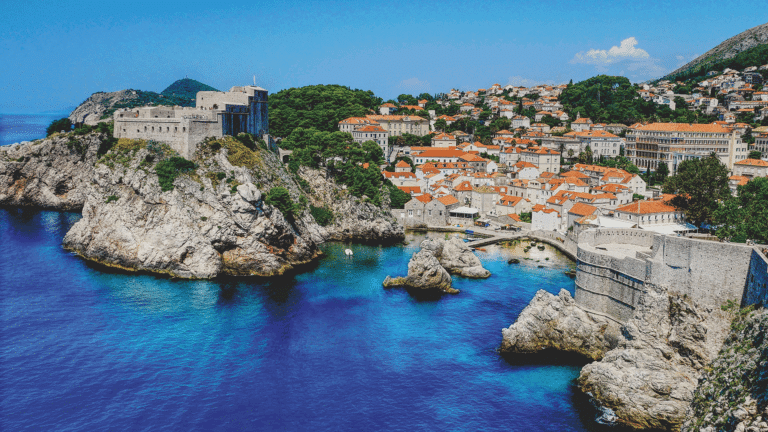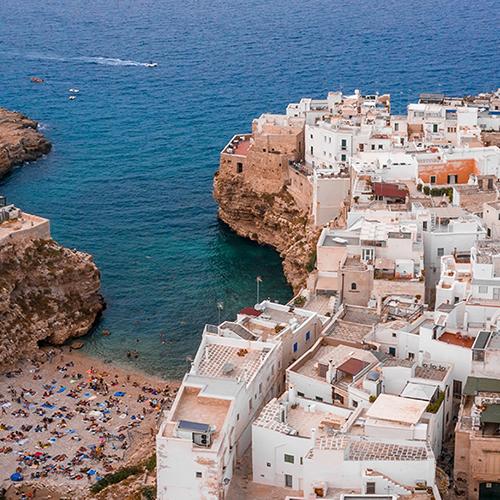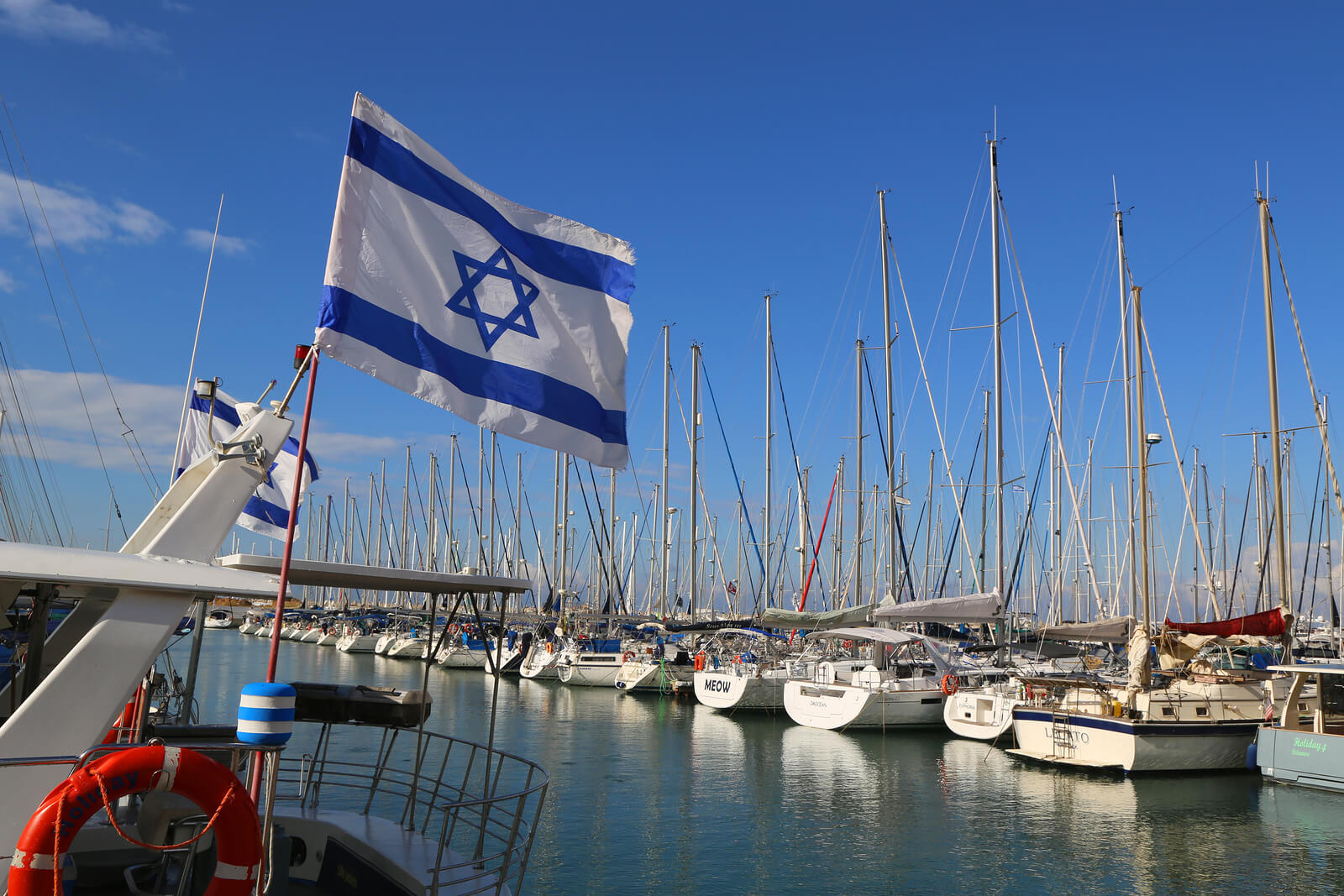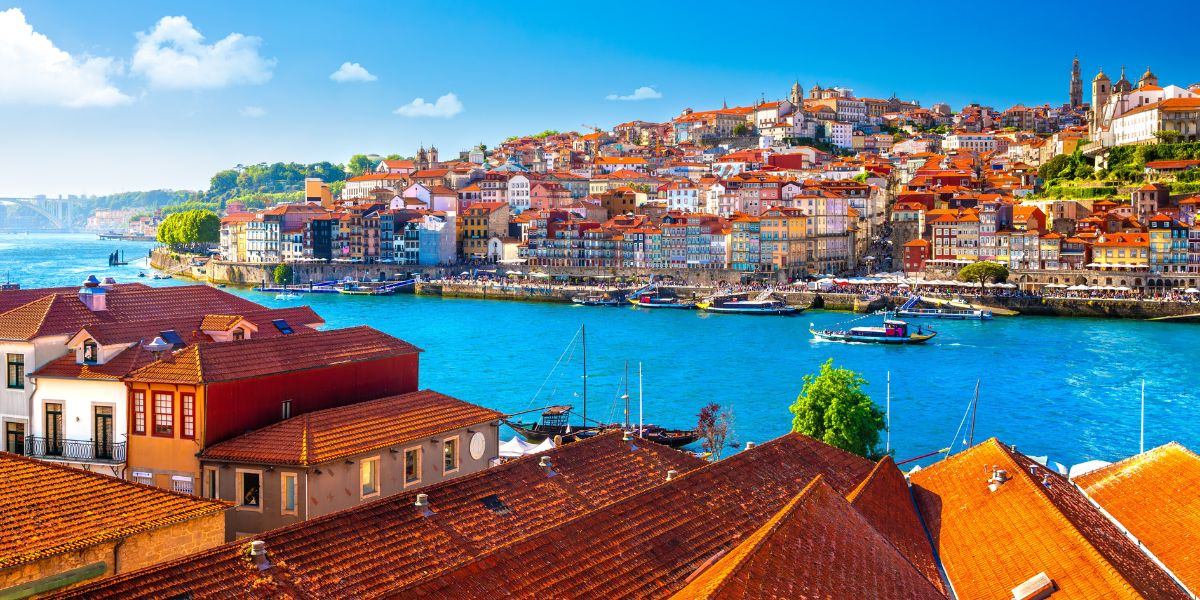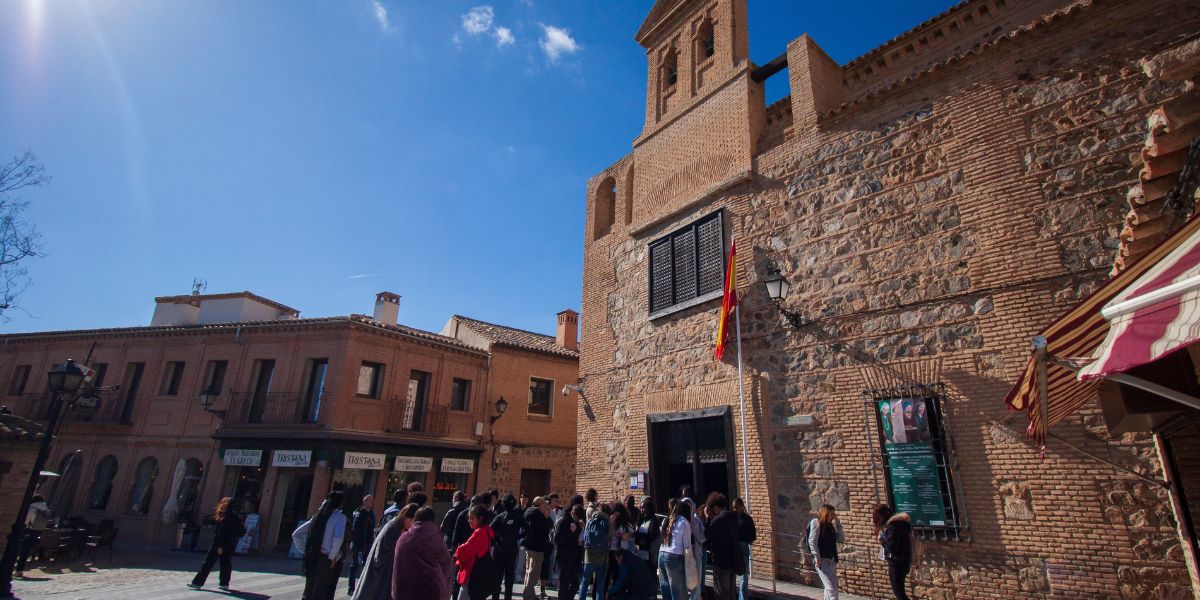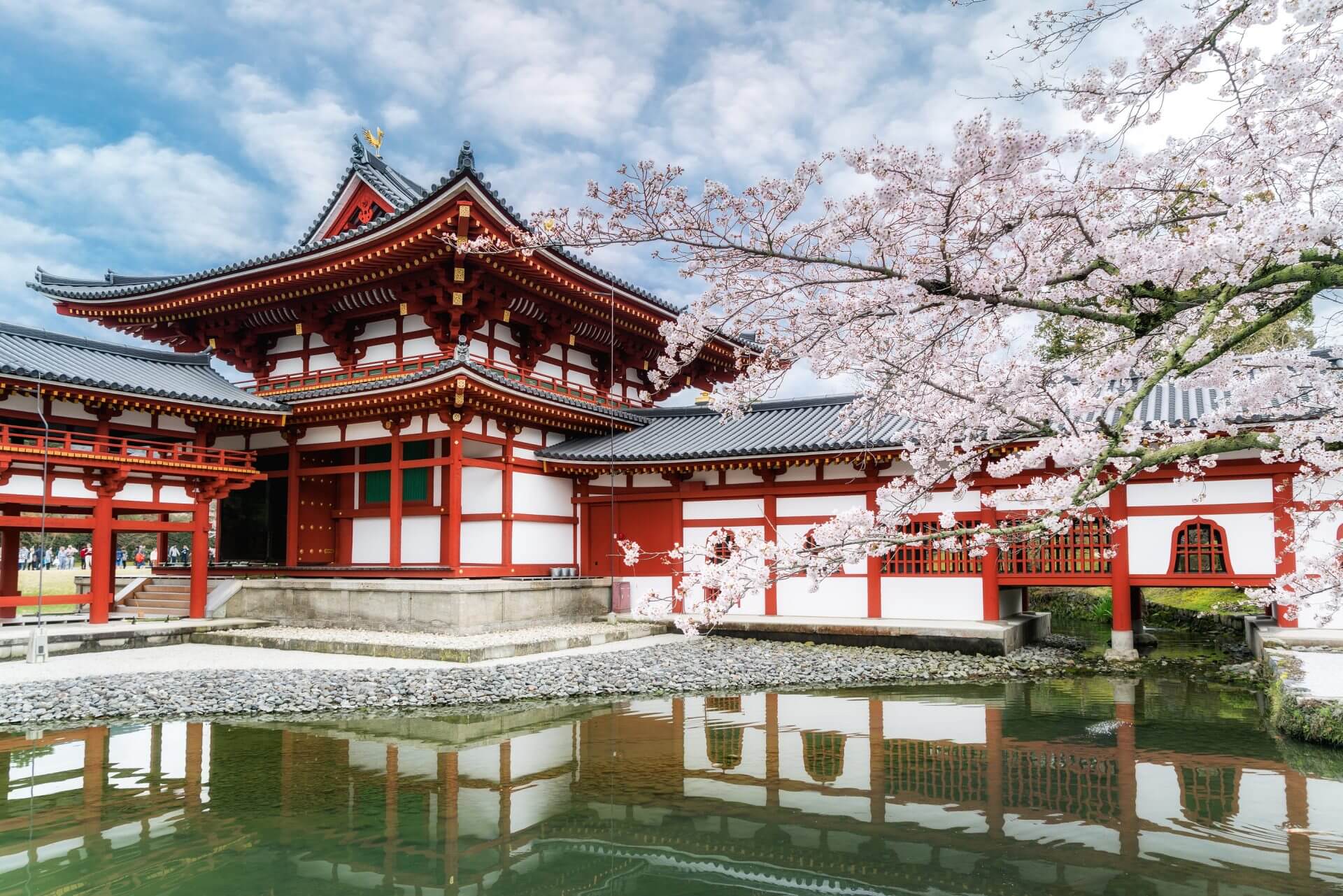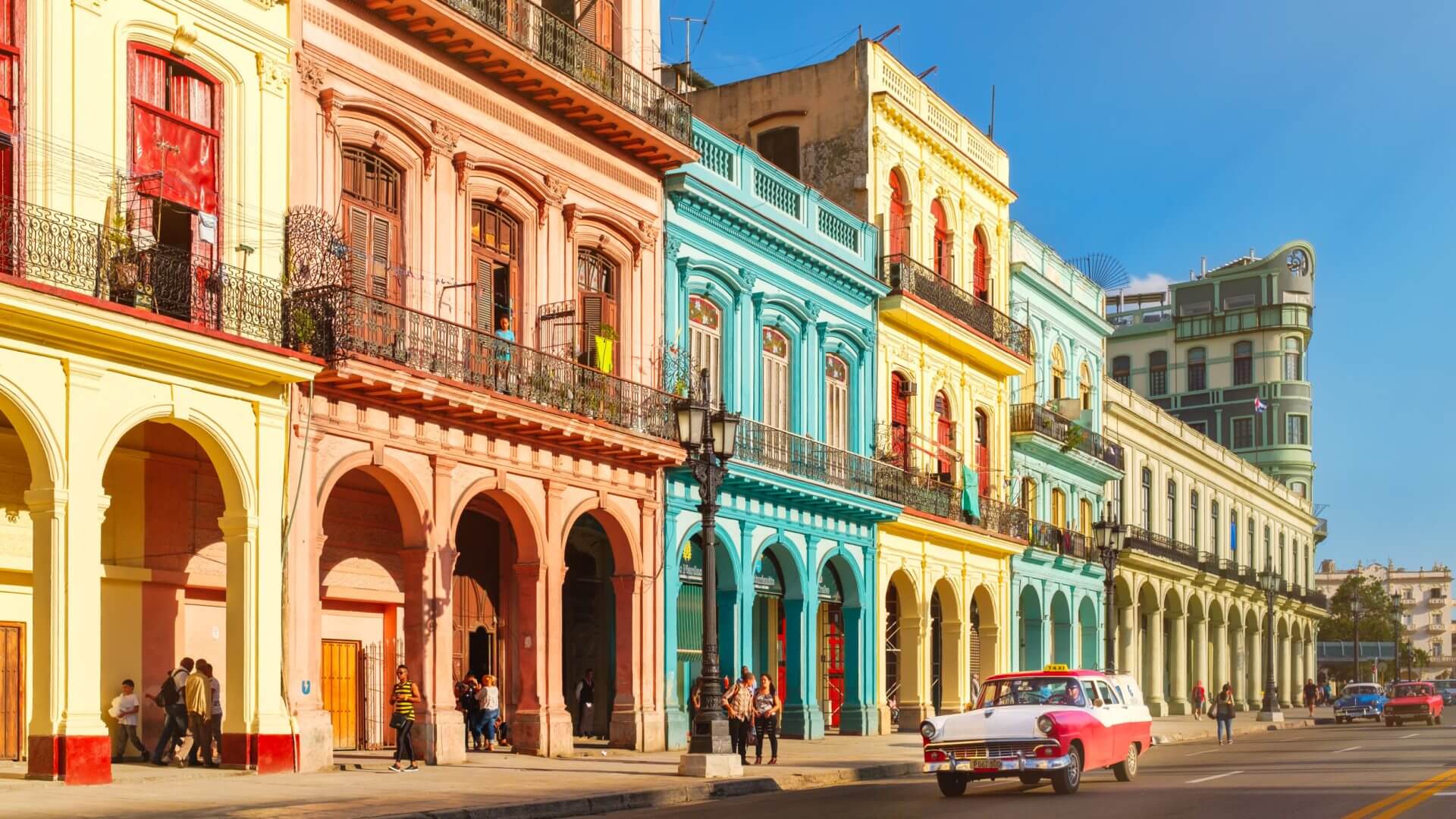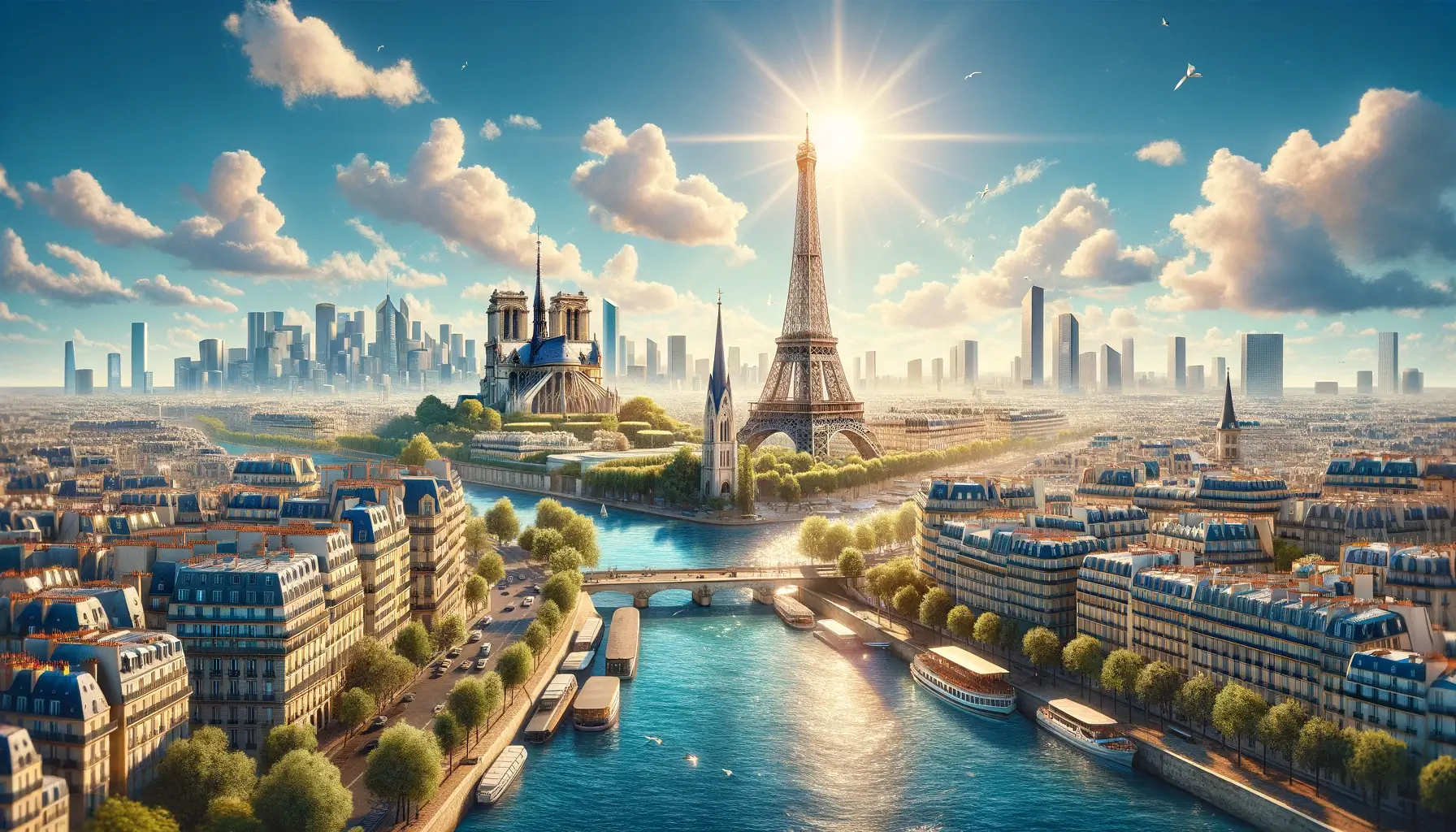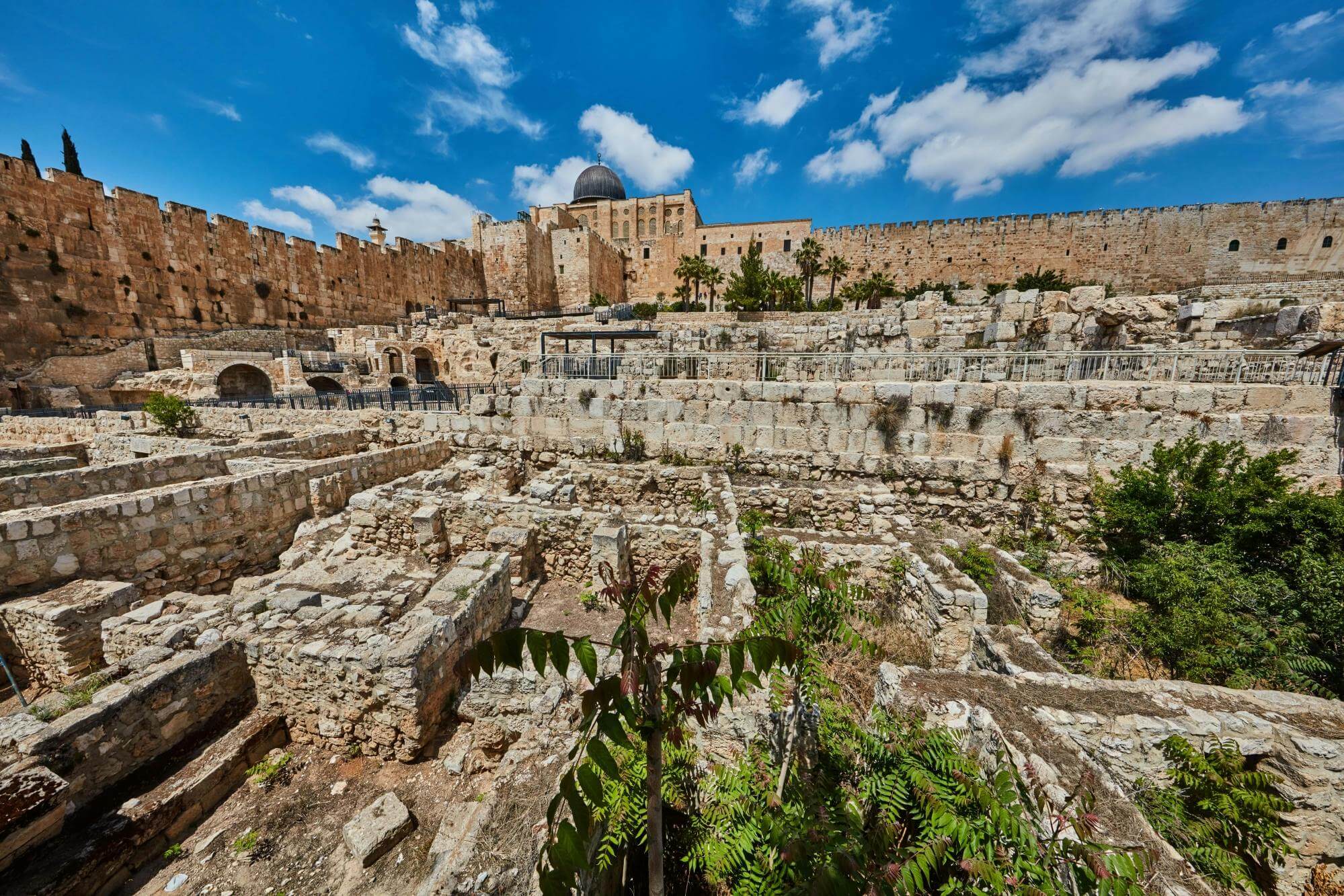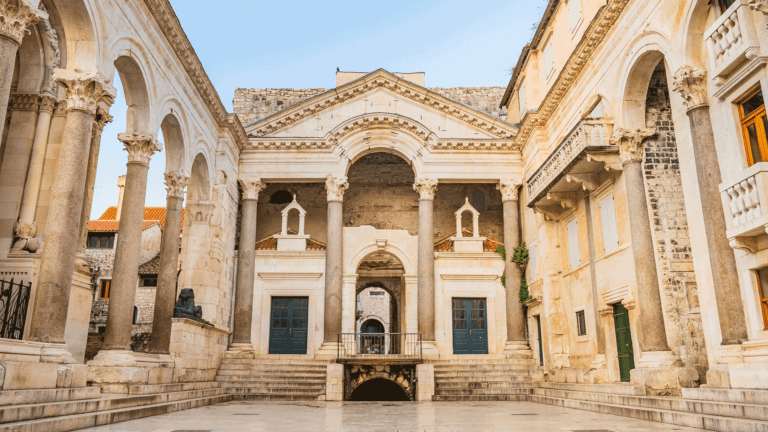A private Jewish art tour with Gil Travel is a wonderful opportunity to immerse yourself in an aspect of Jewish culture that is sometimes overlooked – or at least seriously underrated. Experience some of the most beautiful Jewish paintings and sculptures and gain a unique insight into the lost world that produced them!
The Cultural Origin of Jewish Art in Europe
The Jewish experience of life in the diaspora, particularly in Europe and Russia, was often turbulent and frequently tragic. Jews suffered periods of oppression, exclusion and persecution, but there were also better times. Periods of relative tolerance and acceptance saw the growth of flourishing Jewish communities in Poland and many European cities.
In spite of their difficulties – or perhaps because of them – Jewish communities produced wonderful and distinctive cultural treasures. This article focuses mainly on where to see Jewish art in Europe from the 19th and 20th centuries, but it’s important to understand the deeper historical cultural traditions that laid a foundation and nurtured talented Jewish artists like Marc Chagall, Maurycy Gottlieb, Moritz Daniel Oppenheim and Isidor Kauffman.
In a nutshell, Jewish art emerged from an ancient tradition that either banned iconography or frowned upon it. A lot of artistic energy was channeled into creating exquisitely decorated ceremonial and ritual objects (a tradition that continues with modern Judaism). We also saw the development of unique Jewish architecture styles and the construction of synagogues, usually influenced by local styles. Other forms of artistic expression included the painstaking illumination of scrolls and ketubot and the development of hauntingly beautiful liturgical chants.
There was always an artistic richness, often inspired by religious devotion, and frequently influenced by local artistic movements. Modern Jewish painting, sculpture, literature, and music only really took off with the emancipation of the late 18th century. Despite the destructive genocidal barbarism of the Nazis and the stifling and restrictive oppression of Communism, Jewish art in Europe survived and continues to delight and amaze. It also offers a fascinating insight into Jewish society and culture – traditional and avant-garde -in the 19th and 20th centuries.
Explore Jewish Art in Europe’s Capitals
It would be tempting to write an entire book about surviving Jewish art treasures across Europe, Russia and neighboring countries. The subject is hugely rich and fascinating and is in itself a history of the Jewish people. A good starting point for anybody who wants to explore Jewish art heritage is a private Jewish art tour with Gil Travel. The most popular destinations are London, Paris, Amsterdam, and Berlin, but if you have any niche interests in other countries, it’s always worth talking to Gil Travel about creating a tailored itinerary.
Jewish Art in London

London was arguably the world’s greatest city in the 18th and 19th centuries. It sat at the center of the British Empire and was the global epicenter for trade and commerce. Britain’s wealth generated some wonderful art collections, including Jewish art. Modern London has changed immeasurably, but is still home to some of the world’s finest art galleries and museums. London was also a refuge for Jewish artists and art dealers who fled Nazi persecution, adding to the city’s cultural wealth.
If you want to explore Jewish art in London, we’d recommend starting with the Jewish Museum in Camden. The superbly curated museum offers a great insight into the history of British Jewry and also has a collection of over 50 works either by famous Jewish painters, or of Jewish people. Artists include Bobbie Shuster, Maurice Sochachewsky, Franz Kempf and Frederick Benjamin Barlin.
Art lovers can easily spend an entire day in London’s National Portrait Gallery which overlooks Trafalgar Square. The gallery’s collection contains over 195,000 portraits, including many of special interest to Jewish visitors. There are literally hundreds of Jewish sitters, as well as paintings and photos by outstanding Jewish artists. The portrait collections are a historical Who’s Who of British Jewry.
Most visitors to London don’t make it to Islington, but the Chabad Lubavicher’s Ein Sof Gallery is an easy journey from Central London by tube (the London underground rail). The gallery exhibits contemporary Jewish art and is well worth a visit. JW3 is London’s main Jewish community center and also arranges art exhibitions and classes. If you want to meet British Jewish artists -or art lovers – JW3 is a great place to hang out.
Jewish Art in Paris
There’s probably no other city in the world that has acted like a magnet for artists and writers in the way that Paris once did. The French capital, and in particular the Rive Gauche or famous Left Bank has been home to artists like Henri Matisse and Pablo Picasso, and to writers like Henry Miller and Ernest Hemingway. Paris – at one time a beacon of tolerance and enlightenment – also attracted famous Jewish artists like Chagall, Modigliani, and Soutine.
Jewish artists were strongly influenced by the Parisienne art world, as well as the writers and philosophers who flocked to the city. They left their mark on Paris in turn and the modern city is a top destination for art lovers. The 21st century metropolis is renowned for galleries like the Louvre and the Fondation Louis Vitton, but there are also some amazing Jewish art galleries in Paris.
First on the list is the Museum of Jewish Art and History (mahJ). The Rue du Temple building is a short walk from the Seine and is close to several other galleries and museums. The mahJ collections span every era from antiquity to the present day with some stunning Renaissance items. One of the things we love about the mahJ is the range of items on display. You can see everything from a rare kabbalistic treatise from the early 1700s to oil paintings of Amsterdam synagogues and painted sukkah walls.
The Picasso Museum hosts an astonishing exhibition that recreates the apartment of the pre-war Jewish art dealer Léonce Rosenberg. The exhibition gives visitors a rare insight into Paris of the 1920s, on the rebound from the slaughter of the trenches and keen to embrace Modernism – and hedonism. Rosenberg lived in the elegant 16th Arrondissement and filled his apartment with works by Picasso, Léger, Picabia and Ernst. Conveniently, the Picasso Museum is only a short walk from the mahJ.
Jewish Art in Amsterdam
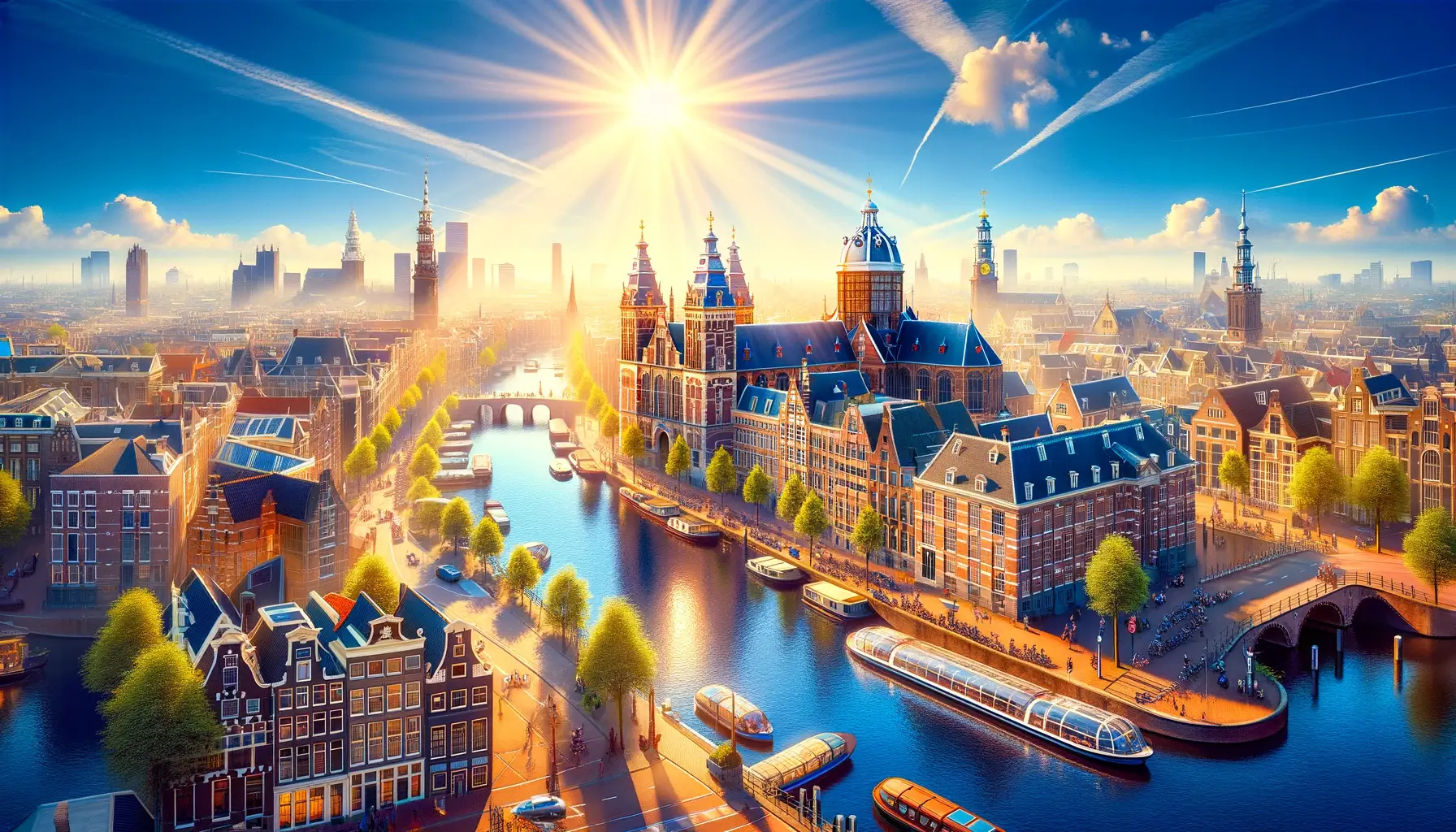
Amsterdam is one of Europe’s best-known but least-understood cities. The medieval fishing village that expanded into a thriving commercial port was also a major center of art in the 17th century Dutch Golden Age. Sephardic Jews were attracted to the booming city by its relative tolerance and business opportunities, contributing to the city’s culture and art. Modern Amsterdam attracts art lovers with the opportunity to wander the historic canals and visit the H’ART Museum, Stedelijk Modern Art Museum, Van Gogh Museum, as well as exploring Jewish art in Amsterdam.
The Joods Museum in Amsterdam is a great day out for art lovers. It occupies the site of a number of historical synagogues and contains over 11,000 Jewish art objects. The museum was closed during the German occupation of the Netherlands but reopened in 1955. The museum is close to the city center on the Jonas Daniël Meijerplein and is opposite the famous Snoge synagogue that operates a shared admission price with Joods.
The Joods museum is just under a mile from the Anne Frank House, with the route cutting straight through the De Wallen red light district (an important historical area and tourist attraction in its own right). A private tour of Amsterdam can include or avoid De Wallen as you prefer. When you visit the Anne Frank House, it’s just a short walk to an interesting little place called JOMA – or The Jewish second generation art & family Museum Amsterdam. The gallery displays collections of visual art and family stories of the Holocaust. There is also a sculpture garden and the chance to walk along the canal bank.
Before WW2 there were 80,000 Jews in Amsterdam. One of them was art dealer Jacques Goudstikker whose gallery contained 1,400 works of art – including an impressive collection of old masters. Goudstikker and his wife fled to England in 1940 but he tragically died in an accident on the escape ship. Goudstikker’s inventory notebook that he was carrying when he died is preserved in the National Archive in Amsterdam.
Jewish Art in Berlin
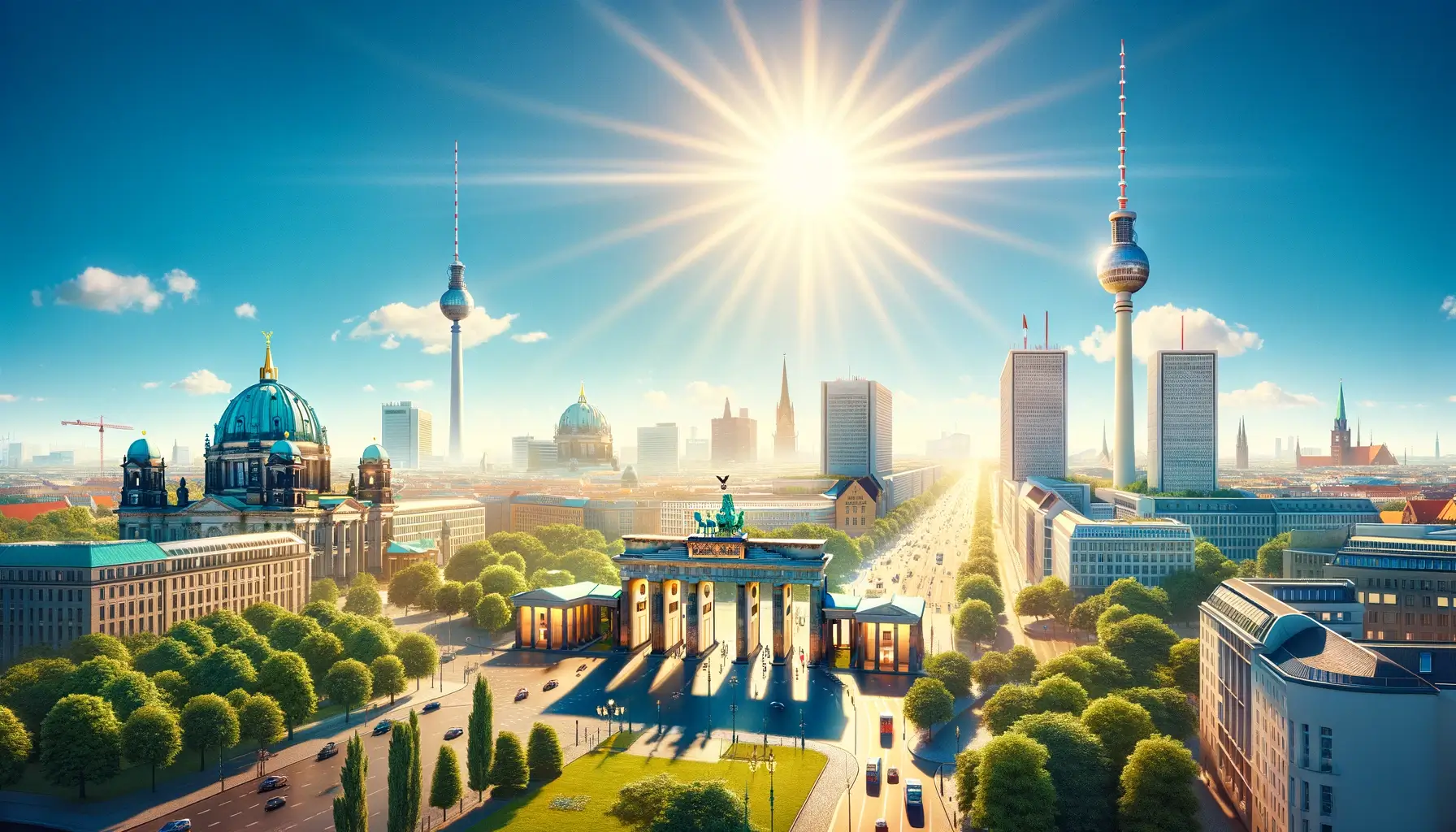
No city in the world is as problematic for Jews as Berlin. The cultured, civilized capital was home to the Jewish Reform Movement and produced numerous artists, writers, philosophers and filmmakers. It was also home to the extraordinary cultural movement of Weimar Germany. In the 1930s Berlin became the Nazi capital and the seat of a reign of terror and a new dark age that ended in genocide.
There isn’t a dedicated Jewish art museum in Berlin but the city’s renowned Jewish Museum has a major collection of art with over 10,000 items. Perhaps not surprisingly, the museum’s fine art collection is built around modernism with paintings by artists like Liebermann, Ury, and Meidner. As well as works by famous painters, the art collection includes many donations including keepsakes, documents and photos. All of the exhibits are fascinating and many are extremely poignant. Entry to the award-winning Jewish Museum is free and it’s pretty much an essential destination when you visit Berlin.
Berlin’s old pre-war Jewish quarter in the Mitte district (formerly in Communist East Berlin)is now home to several contemporary art galleries and artist’s colonies. It’s known informally as Berlin’s Art Mile and a walk along the Auguststrasse is a delight for art enthusiasts. The restored synagogue on nearby Oranienburgerstrasse was one of the few to survive a combination of Nazi vandalism, mass air raids and a Russian assault. As you wander the modern galleries, you’ll see other wonderful examples of Berlin’s once confident and prosperous Jewish community.
The Omanut Gallery (Omanut is Hebrew for art) is in the Tempelhof area of Berlin. If you’re in the neighborhood, it’s well worth a visit. The art on display is eclectic and features many up and coming talents as well as work by disadvantaged artists. Curiously, Berlin is attracting a number of young Israeli artists who are living and working in the city.
Create a Private Jewish Art Tour in Europe
A trip to Europe is a cultural adventure, but when you combine it with a private Jewish art tour, you’ll catch a glimpse of historical Europe as Jewish artists perceived it. As well as splendid oil paintings of synagogues, there are portraits of ordinary people, and pictures of everyday street scenes, homes and workplaces.
As you browse the museums and galleries, you’ll see more than three hundred years of history through the eyes of the men and women who painted it. You’ll also get a sense of the religious feelings, and cultural and philosophical movements that inspired them. One of the great things about the majority of Jewish museums and art galleries is that they are set in some of the most beautiful areas of cities like Paris, Vienna and Amsterdam and are within walking distance of plenty of other “must-see” sites.
